Growing cannabis is profitable, but it is not for everybody. Experience plays an integral role in growing cannabis. It allows the gardeners to ascertain the right conditions, the perfect medium, and the best pots for growing cannabis. Besides the gardening basics, there are many other small tips that can increase the yield of the plant substantially. Here are some of the best pro tips for serious cannabis growers.
Soil Consistency
Loamy soil works best for cannabis. As a rule of thumb, growers use a ratio of 40% silt, 40% sand, and 20% clay. The consistency of the soil decides the right amount of drainage. If there is too much clay in the soil, then it becomes sticky. On the other hand, if there is a lot of sand, the water will run right out leaving the roots dry. Soil drainage can also be controlled by using pots like the 7 Liter Drainage Collection Pot. They are the best pots for growing cannabis because they allow the excess water to drain into the gutter below, which helps in controlling the humidity. For a cannabis plant, the relative humidity should be around 40-50 percent.

The pH check
The pH scale is the measure of the alkalinity and acidity of the soil. Cannabis grows well in acidic soils with a low pH. So, it is crucial to maintain the soil pH somewhere between 6.0 and 6.8. If the cannabis is being grown in a hydroponic system, then the pH of the nutrient solution should be maintained between 5.5 and 6.2. A departure from this range can prevent the proper absorption of certain nutrients by the plant from the growth medium. This problem is further exacerbated by the growers who add more minerals because they mistake the pH problem for a nutrient problem.
If the pH of the medium does not fall within the desired range, then it should be manipulated by using external agents. Usually, lime is added to the medium to increase the pH or to make it more acidic. Sulphur is added to decrease the pH or to make the medium more alkaline. Gardeners should use tools like a lysimeter kit to collect clean samples to compare any changes in the pH.

Light Feeding
One of the most common mistakes made while growing cannabis is the excessive supply of nutrition to the plant. The common misconception is that the more feed the plant receives, the better it grows. However, it couldn’t be further from the truth. Indeed, cannabis plants can suffer from overfeeding, the signs of which can be seen on the tips of the leaves, which appear burnt. The optimum nutrition for cannabis plants is, more often than not, half of the recommended amount by the company.
It is a painstakingly slow process to flush the excessive minerals and salts out of the soil. So, it is better to start small.
Use a pot that can be drained easily into an inexpensive plastic gutter to make sure that the soil is not saturated with minerals. In case the plants do show symptoms of nutrient deficiency, such as the yellowing of leaves, more nutrients can be added.

The nutrient salts collected near the root zone have to be thoroughly flushed out. This process makes plenty of difference to the taste and burning ability of the final product. Nicely flushed cannabis plants yield clean white ash, while those that are not flushed appropriately burn with dark smoke.
Watch the Temperature while Growing Cannabis
Keeping tabs on temperature is another critical factor while growing cannabis. The plant is sensitive to temperature changes. Its environment must be maintained at a temperature of 15oC to 28oC. The temperature can be maintained by moving the pots around, which can be a tedious task. Alternatively, growers can use oscillating fans to maintain the temperature within the right bracket. If space is a constraint, then they can also use clip-on fans to keep the plant cool.
Training the Plant
To get maximum yield out of a cannabis plant, experienced gardeners look to training. One of the most popular techniques is Low Stress Training. When the Cannabis plants are in the vegetative growth stage, they bend easily. This makes them perfect for manipulation. Growers should use this stage in their growth to spread out the branches of the plant from the main stem and hold them in place. This small manipulation allows the plant to grow laterally. This technique allows the plants to grow vigorously and become voluminous.
The Effort is Worth It
Growing cannabis requires its fair share of constant care. This is particularly true for high grade cannabis plants that yield good results. From the temperature to the pH to the humidity to the direction of growth of the plant, everything must be managed to near perfection. It might sound quite extensive and hard work, but all the tips mentioned here are small changes to the regular care regimen for cannabis. But, the difference is as big as night and day.



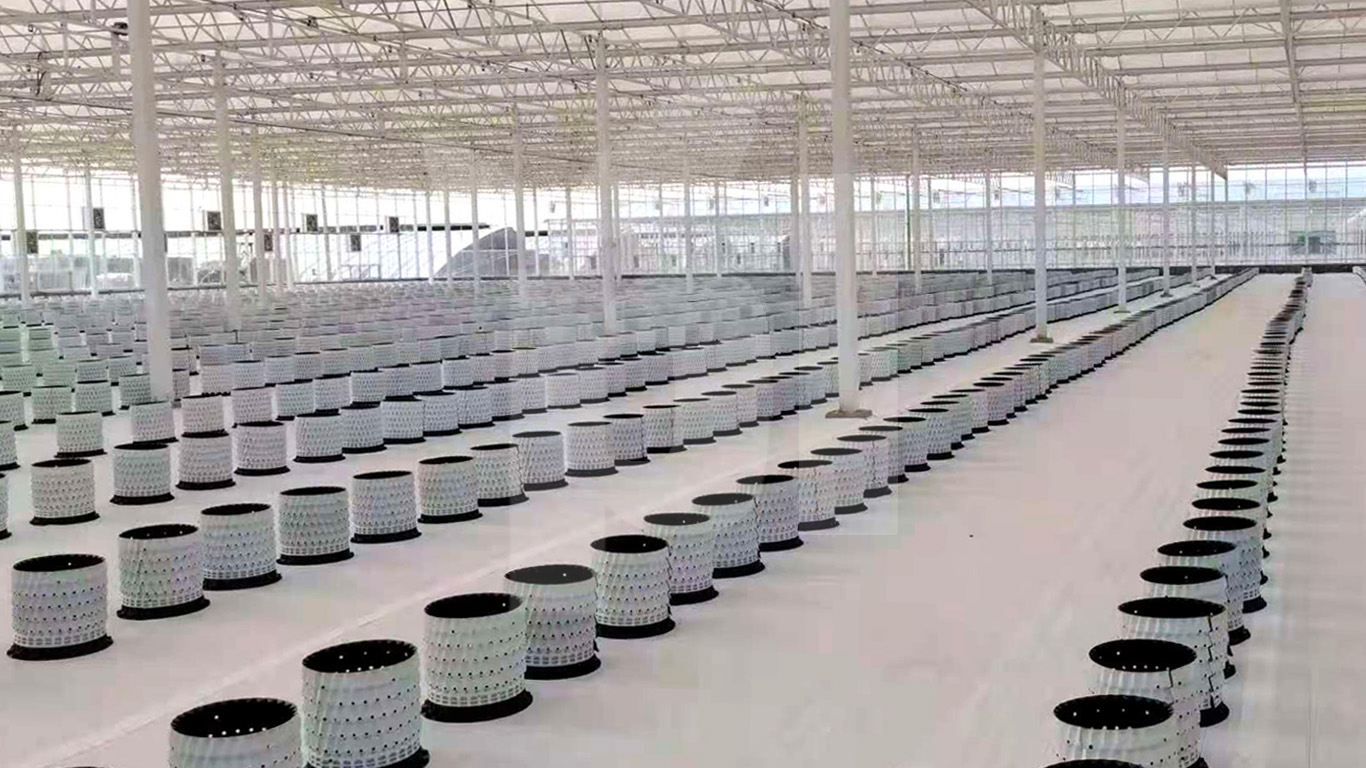
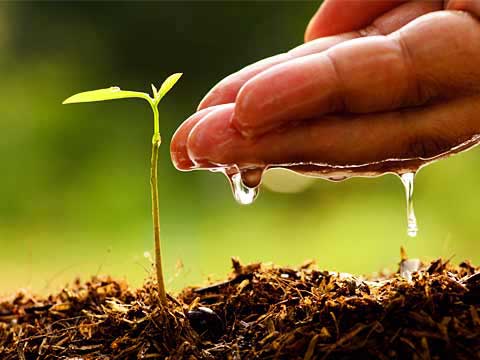
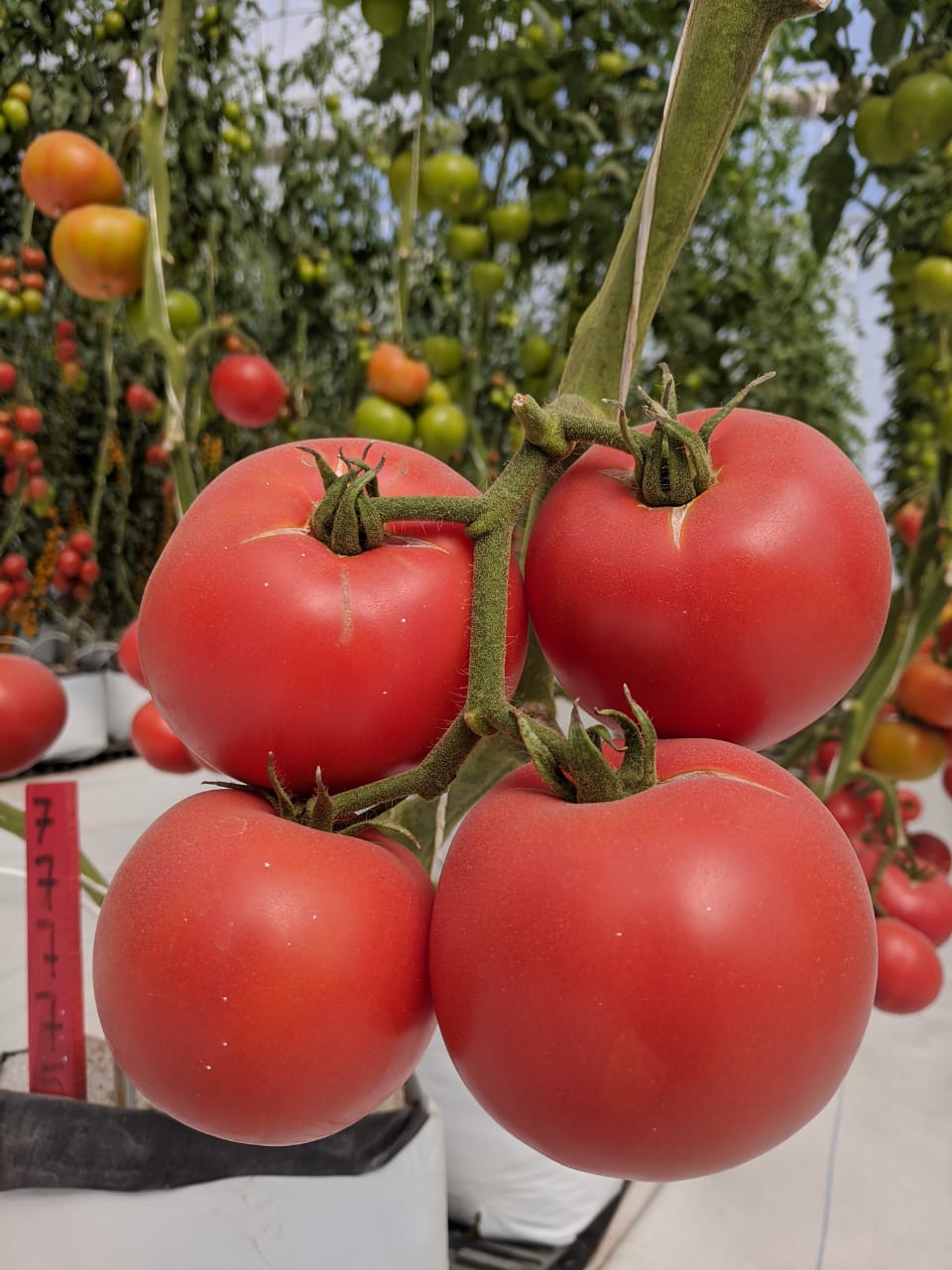
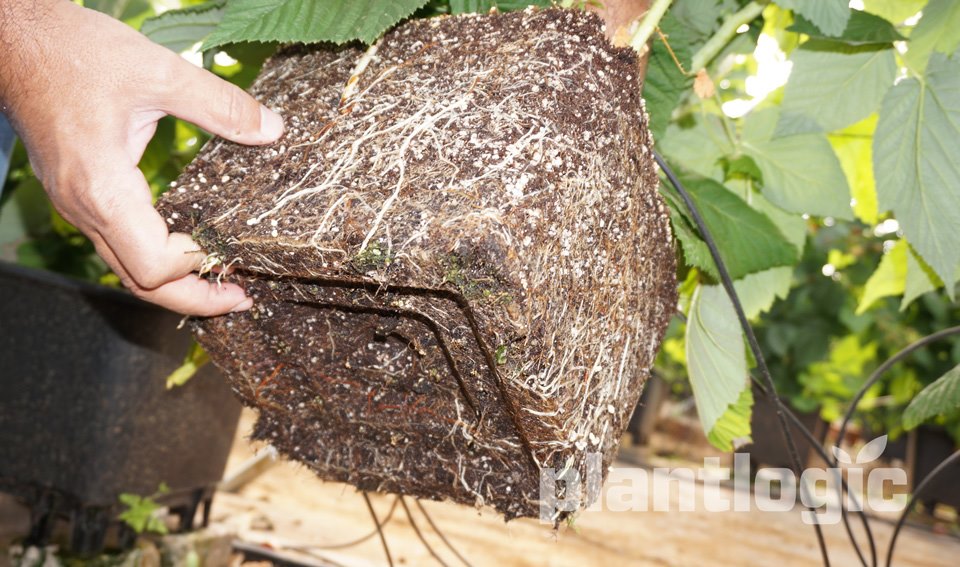
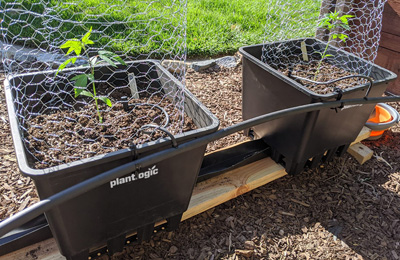


Leave A Comment
You must be logged in to post a comment.